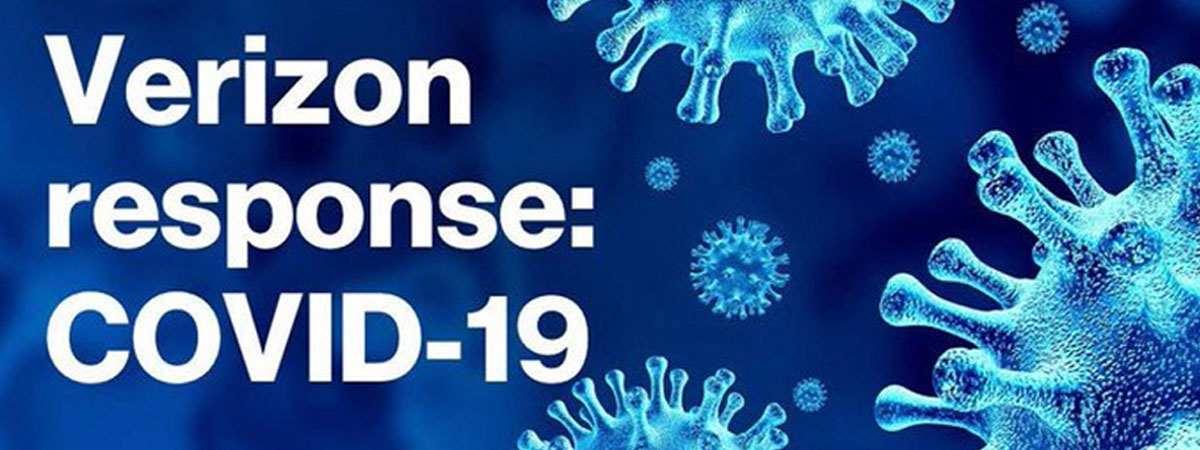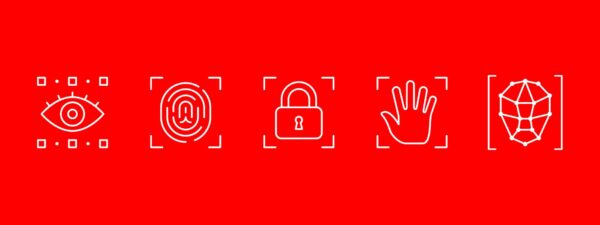With recent increases in telecommuting and online learning, Verizon’s networks stand ready to serve customers at work, at home and remotely – including first responders and those protecting the public — when critical connectivity is needed most.
Since the emergence of the coronavirus (COVID-19), the company has not seen a measurable increase in data usage – despite some businesses, schools and other organizations now asking employees to work remotely and students to take classes online. Verizon’s networks are designed and built to meet future demand and are ready should demand increase or usage patterns change significantly.
In addition, Verizon announced that it is increasing its capital guidance range from $17 – $18 billion to $17.5 – $18.5 billion in 2020. This effort will accelerate Verizon’s transition to 5G and help support the economy during this period of disruption.
“We’re looking towards the future and increasing our investments so that we’re poised to offer even more robust networks, to meet future demands, in the years to come,” said Hans Vestberg, Verizon chairman and CEO. “We are very confident in our company’s ability to meet current demands in providing a great network experience.”
Vestberg added: “Our customers — including critical government and public safety agencies — rely on us for proven reliability. I want to thank our dedicated Verizon employees who continue to work tirelessly, day in and day out, to ensure our essential communications services are available to our customers so they can stay connected where and when they need it most.”
Verizon has been closely monitoring network usage in the most impacted areas. The company will work with and prioritize network demand in assisting the needs of many U.S. hospitals, first responders and government agencies.
“Verizon operates its networks every day as though it’s a snow day — events when millions of Americans work from home while family members go online to watch videos, play games and talk and text to their friends and families,” said Kyle Malady, Verizon’s chief technology officer. “Delivering reliable networks is what we do. While this is an unprecedented situation, we know things are changing, and we are ready to adjust network resources as we better understand any shifts in demand. We have the best engineers in the world monitoring the situation closely.”
With years of steady month-over-month wireless data usage growth, as a standard practice, the company’s engineers are constantly adding capacity on the wireless and fiber networks to better serve customers. The network improvements are often recognized by independent third party reviews including recent research by RootMetrics, which has ranked Verizon first in overall performance and reliability in each of their last 13 consecutive drive test reports.
Recent technological advancements including the addition of small cells, deployment of carrier aggregation, MIMO antenna technology advancement, use of shared spectrum such as License Assisted Access (LAA) and Citizens Band Radio Spectrum (CBRS), 256 QAM, and fiber advancements have increased efficiency in the wireless and fiber networks resulting in greater capacity and speed for customers.
“We continually evaluate peak data usage times and build our networks to stay ahead of that demand,” said Malady. “While we may see the hours where peak data usage shifts from evening to daytime, our network is built to manage evolving demands. While it is not clear yet how having millions of additional people working from home will impact usage patterns, we are ready to address changes in demand, if needed.”
Like any crisis or significant event in which additional network resources may be needed, the company is able to deploy additional resources to add capacity and has a fleet of mobile assets including portable COLTs (cells on light trucks) and COWs (cells on wheels/trucks), mobile charging stations, and more to support first responders and their mission critical needs.
In addition to its wireless and fiber networks, Verizon also operates a global IP backbone network spanning six continents. It is built with resiliency in mind; it is one of the most connected Internet backbones in the world, offers speeds of up to 100 GB, and deploys mesh technology to enable multiple diverse paths for network traffic as required. Performance is constantly monitored by Verizon’s five global Network Operations Centers, 24 x 7, 365.
Verizon also offers priority access to its network for first responders and public safety officials. Its Fios broadband customers always have unlimited access to home broadband service for their work from home or remote learning needs, while its wireless business and consumer customers have access to competitively priced unlimited wireless plans and can use online tools to make changes to accounts or device upgrades 24 x 7, which includes access to virtual tech coaches and assistance.
Verizon is encouraging business and government customers, in particular, to review their continuity plans. Proper planning can help mitigate impact and help minimize potential business disruptions.
Five strategies that businesses should consider include preparing networks for a remote workforce; implementing technology that enables remote collaboration; prioritizing and developing a critical infrastructure plan; using tools to give customers confidence and access; and securing both physical and network access points.




